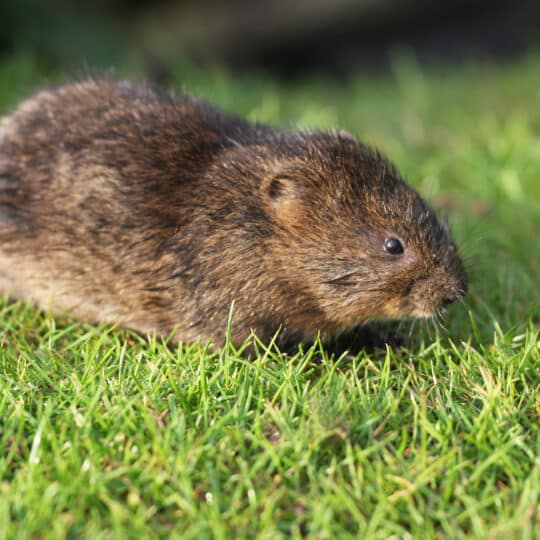Biggest Threat to Your Lawn After Snowfall – Vole Damage

Winter is going out with a bang. With less than a week before the start of spring we’re finally getting the snow we expect every winter. Better late than never, but with said do we ever consider the effects that snow has on our lawns?
As the snow begins to melt each spring, lawns often uncover shocking damage that has occurred during the winter. One of the most common damages includes that caused by voles. Voles, commonly referred to as meadow mice and often mistaken for mice, are about four to six inches long and brownish-gray in color.
To avoid predators during warmer weather, voles limit their feeding to nights and stay close to structures or ground covers for protection. Their activity is increased with snow, as they have a diminished fear of predators, who often retreat with snow. During significant snowfall, voles will make runways under the snow and on top of lawns as they feed on grass blades and roots. Vole damage appears as a runway or winding trails throughout a lawn. This destruction is frequently mistaken as mole damage, but moles are not nearly as active during the winter and actually tunnel below the soil surface leaving a more pronounced, raised tunnel.
As conditions warm in spring, vole damage is uncovered. Lawns may begin to fill themselves in, although this can be unsightly. Severe damage to your lawn may require over seeding, but you have likely inherited some new guests who should be addressed around your landscape plantings.